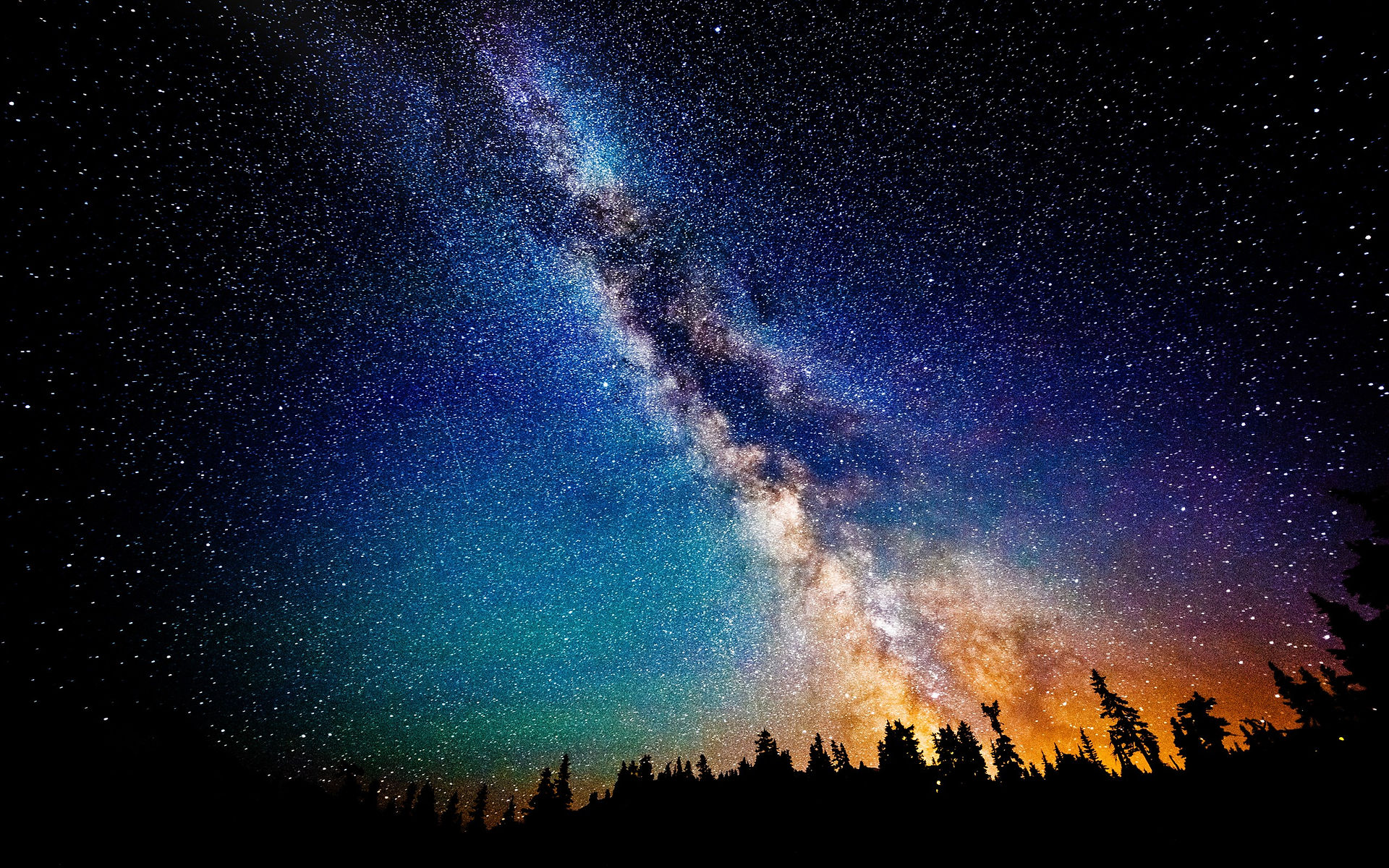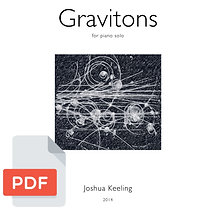
Gravitons
Solo Piano
2014
5' 30"
The graviton is a hypothetical quantum particle that is purported to transmit the force of gravity. Like the photon, it is thought to be massless, travel at the speed of light, and exhibit properties of both particles and waves simultaneously.
As I began writing this piece, I started with a single idea: a continual series of staccato, upward-bounding notes. Eventually, a sustained melody emerges, intertwined with the staccato texture. The melody and staccato lines are so interconnected that I was reminded of a concept central to astrophysics: quantum forces may be described in terms of both individual particles and of waves simultaneously, and this piece became an exploration of the dynamic between the two musical textures. The staccato lines are connected not only by the melodies that form out of them, but also through multiple background lines within the staccato texture. One of the challenges to the performer is to bring out and phrase these background melodies.
Of course, gravity gets very complex when multiple objects interact with each other. At times the force of the melodic line pulls inward, other times outward; sometimes accelerating, other times decelerating. Toward the end of the piece, the staccato “particles” get stretched farther and farther apart, perhaps as if in an expanding universe.
I composed this piece with several compositional strategies in mind. First, the original staccato line is always present, although it goes through many transformations. Additionally, the pianist never strikes more than one note simultaneously with the same hand. The damper pedal is never used; only the sostenuto. Finally, tempo is strictly regulated, changing only through metric modulations in ratios of 2:3 or 3:4.
Purchase the score:
Performance by Dutcher Snedeker
Society of Composers National Conference
Western Michigan University, Kalamazoo, MI
April 1, 2017
Premiere performance by Brooks Hafey
Chadron State College, Chadron, NE
March 14th, 2016





